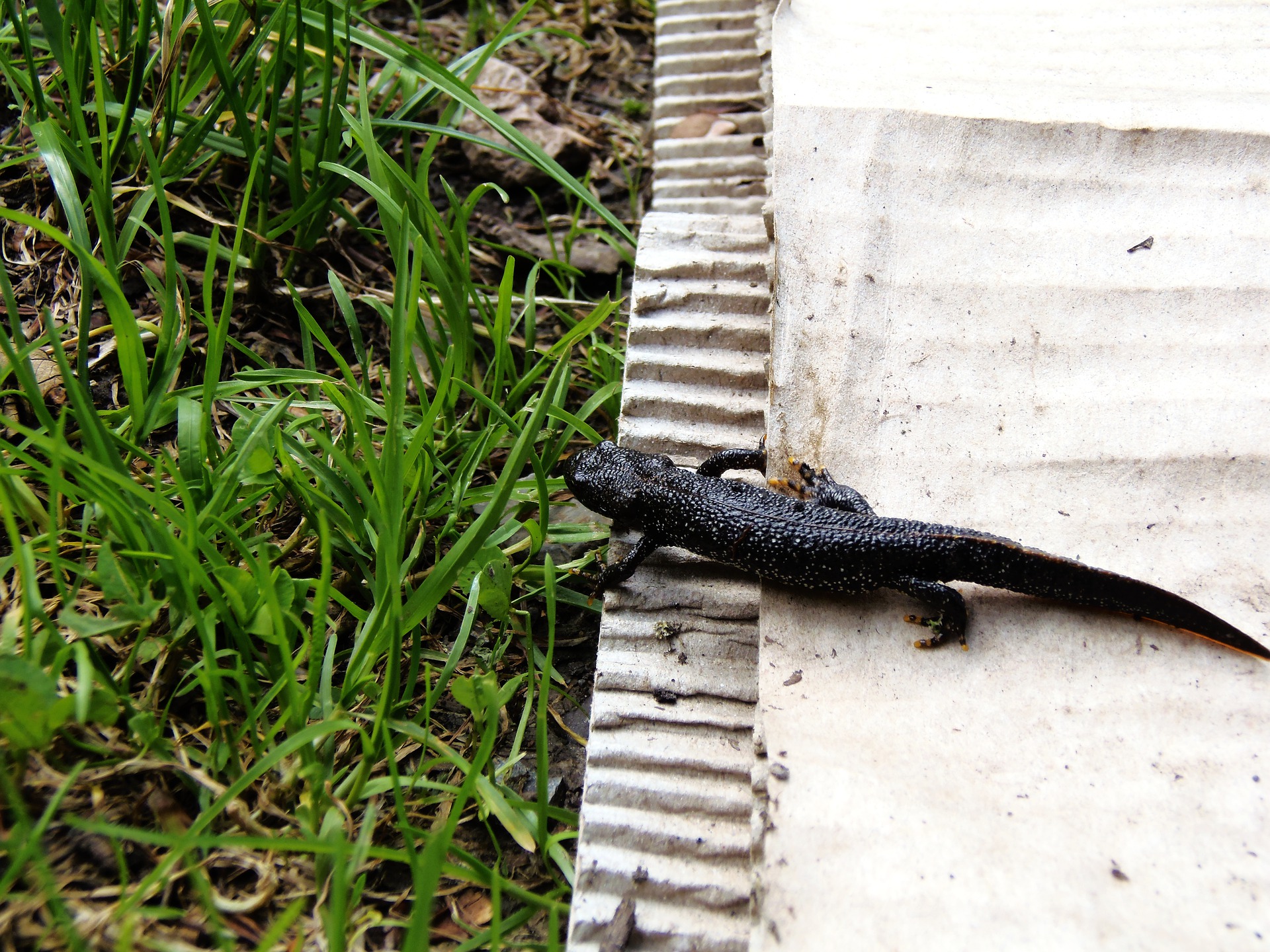The Pitfalls of Planning : This is the third in our series of Articles on Insight to Innovation
No plan of operations reaches with any certainty beyond the first encounter with the enemy’s main force (Helmuth von Moltke 1800–91)
Although “enemy” is by far the wrong word, the sentiment of von Moltke’s words remains true to some extent in innovation projects. As much as one plans for success and considers what obstacles might crop up, there are also “unknown unknowns” that no one ever dreamed of, and they will surface during your project.
Especially if you get started during a pandemic.
Perform Green were one of the recipients of funding for an R&D project 5G Connected Automated Logistics (5G CAL). 5G CAL involves building an outdoor 5G Network for proving driverless ‘last mile’ HGV delivery in a live industrial setting – around the Nissan Sunderland manufacturing plant. The project involves retrofitting a Terberg 40-tonne electric HGV so it can be autonomously driven and developing software so it is capable of being remotely controlled in case of experiencing situations that the autonomous capabilities cannot manage.
At the start of the nearly 2-year project, and thoughout its progression, extensive project planning and project management has been undertaken. Nevertheless, 5G CAL has encountered some unforeseen pitfalls. In this article, we share how Perform Green managed to navigate the issues.
Problem: Global Chip Shortage
Since 2020 the automotive industry has been experiencing the effects of a global chip shortage in which the demand for semiconductor chips is greater than the supply. This has affected more than 169 industries (ref: Yahoo Finance), causing major price increases, shortages and queues amongst consumers for 
The reasons behind the chip shortage are myriad and compounding, but demand is ever increasing for semiconductors anyway, including the demand driven by increase in cloud computing and 5G. Supply chains are ramping up, but Intel predicts the drought will last until 2023, and that is far too late for our project, which is due to complete in June 2022.
There were a few ways we could see around this issue:
- Waiting for the issue to clear is a valid course of option but would mean significant project delays.
- The other way around the problem would involve increasing costs, representing worse value for money for the UK taxpayer.
We managed a compromise, where we brought forward what we could and unavoidably delayed what we did not have the equipment for. We did manage to get hold of the equipment and parts we needed, but it delayed our project slightly. We had to reprofile the deliverables and manage the process with our ultimate sponsor, DCMS. We managed to come to a solution that works for everyone through open dialogue and clear communication.
Problem: Working in a Live Operational Environment
As you can imagine, the cost-of-service disruption to an advanced manufacturing facility such as Nissan in Sunderland meant we had to work around their logistics and operations to maintain their production just-in-time inventory and distribution. This went to a level of detail such as making sure that our electricity supply infrastructure was isolated from Nissan’s; using their onsite contractors who had the appropriate knowledge and authorisations; and ensuring all our staff on site were covered by the appropriate insurances, health and safety risk assessments etc.
In addition to the private road network around the Nissan site, we needed access to the on-site test track, that is in daily use by Nissan and other 3rd parties such as the local police for advanced driver training. This requires open communications and agile working to flex around any unexpected disruption and is an important lesson learned.
Problem: Environmental Contributors
Something that can throw a curve ball into the mix and can be out of your control is environmental disruptors. During the initial dig to lay the fibre connecting each radio mast site, it was discovered that there was a possibility of Great Crested Newts living adjacent to the dig area. We halted all work pending ecological reports and development of a working method statement that would ensure we caused no impact to the newts or their habitat.
Problem: The Covid-19 Pandemic

This has briefly impacted the overall project on a few occasions but has also encouraged us to only deploy resources to site only when necessary and develop the ability to dial in and monitor the core 5G network means we can manage the network remotely.
Perform Green has operated as a digitally dispersed business since 2018, taking the decision to allow its employees to work remotely. As a result, we had the equipment and working practices in place to continue working during the pandemic and share these examples with the consortia putting together the successful bid.
Final thoughts …
As anyone involved in project planning or project management knows, there are always unforeseen (and sometimes unforeseeable) obstacles with the potential to derail things that crop up along the way. Whilst everyone generally accepts the need for flexibility, project deadlines often remain unchanged. We hope that the examples of tackling real-world problems shared above provide some practical clues and approaches to dealing with such occurrences.


